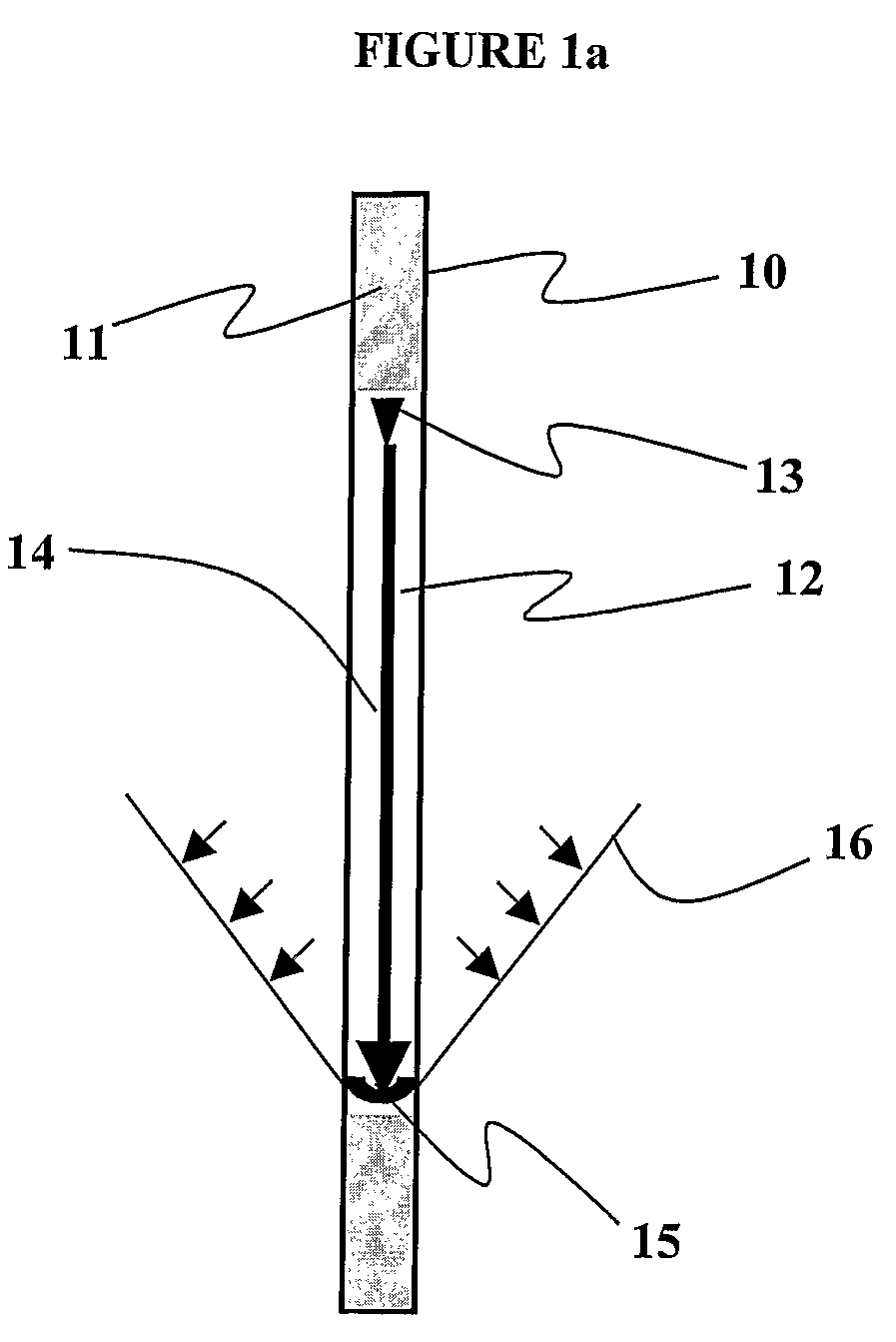Method of blasting
a technology of blasting and rock, applied in the field of blasting rock, can solve the problems of rotating motion giving rise, increased tossing and shearing of rock, etc., and achieve the effect of reducing the environmental impact of blasting even
- Summary
- Abstract
- Description
- Claims
- Application Information
AI Technical Summary
Benefits of technology
Problems solved by technology
Method used
Image
Examples
example 1
[0110]Examples from two blasts fired in a hard rock quarry in Australia are presented here to demonstrate both the method of the invention and the results obtained. FIG. 6 illustrates one of the blasts, and shows that each blast was divided into two parts A, B, with one part A being initiated in a conventional manner using standard non-electric delay detonators and the other part B using electronic delay detonators arranged and initiated in accordance with the embodiment of the invention shown in FIG. 5. All other design features of both parts of the blasts were kept the same, for example blasthole pattern, explosive loading and powder factor. The conventional parts of the blasts used 25 ms delays between adjacent holes in each row and 65 ms delays between rows set on the echelon in the normal way. This is a typical conventional delay arrangement for blasts of the dimensions employed. The delay times (ms) for each blasthole in this part of the blast are included in FIG. 6.
[0111]The ...
example 2
[0113]Following the increased evidence of localised rock damage and cracking associated with part B of the blast in Example 1, a blast was designed to initiate using the invention described herein over substantially an entire blast field with conventional methodology and delays being used along the back and side perimeters of the blast field to reduce rock damage in the new highwalls. The design is illustrated in FIG. 9. In this Figure pairs of number adjacent a given blasthole 10 detonate upper and low initiation device delay times as described above. A single number represents a delay time of blastholes employing conventional technology.
example 3
[0114]In another example, a blast was designed to initiate using various aspects of the invention described herein in combination to provide different effects in different zones of the blast. In this example, conventional delays are used along the back perimeter to reduce rock damage in newly exposed highwall as well as in the front row to reduce risks of airblast and environmental disturbance. Holes initiated only at the top, but in staggered arrays as in FIG. 3b, are employed in the central three rows on the far right side of the blast while holes using dual initiation from both the top and bottom of the holes, again in staggered arrays, as in FIG. 4b are used in the central three rows in the remainder of the blast. The choice of the initiation patterns in the central rows is dictated by the rock strengths in the respective zones of the blast and to a lesser extent the need to save costs by reducing the number of initiators used in the blast. In FIG. 10 the line X represents a lin...
PUM
 Login to View More
Login to View More Abstract
Description
Claims
Application Information
 Login to View More
Login to View More - R&D
- Intellectual Property
- Life Sciences
- Materials
- Tech Scout
- Unparalleled Data Quality
- Higher Quality Content
- 60% Fewer Hallucinations
Browse by: Latest US Patents, China's latest patents, Technical Efficacy Thesaurus, Application Domain, Technology Topic, Popular Technical Reports.
© 2025 PatSnap. All rights reserved.Legal|Privacy policy|Modern Slavery Act Transparency Statement|Sitemap|About US| Contact US: help@patsnap.com



